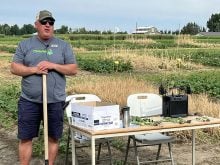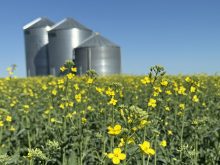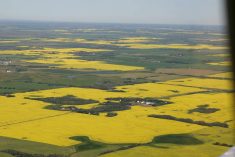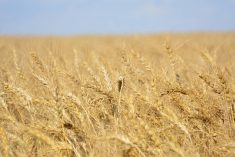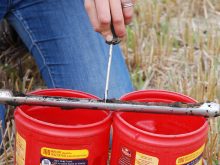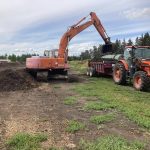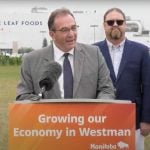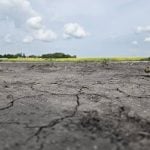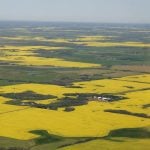Canadian society must decide soon if it’s worth saving prairie agriculture, says a well-known agricultural economist at the University of Saskatchewan.
If the answer is yes, says Hartley Furtan, then it has to decide how best to do it.
“If it is the families we care about, we need to consider new policies such as a guaranteed annual income for farmers,” he said in a paper recently presented to a meeting sponsored by the Saskatchewan Institute of Public Policy.
“If the objective is to maintain agricultural production, we can increase the level of subsidies so that farmers cover their full costs of production.”
Read Also

AI expected to make itself felt in food systems
Artificial intelligence is already transforming the food we eat, how farmers produce it and how it reaches the consumer, experts say
Or those two approaches could be combined, similar to what is called the multifunctionality approach used in Europe.
“Whatever the choice, society must come to grips with the apparent lack of viability of prairie grain and oilseed production.”
Existing farm supports, notably the Canadian Agricultural Income Stabilization program, don’t accomplish those goals, he said.
CAIS is largely based on hoping next year will be better, he said, which based on the experience of the past decade seems unlikely to happen.
Furtan said the grains and oilseeds sector in Western Canada is a financial mess and decisions have to be made about the future.
One approach is to let market processes take their course, a tack that would result in fewer farm families and reduced production of grains and oilseeds.
The other approach is to decide that the sector is important enough to warrant more financial support, and if so, how to provide that support.
“This is a debate that needs to occur,” Furtan said in an interview, adding he suspects the federal government is of the same view.
“The new government is rural-based. It will be confronted with these problems, and they’ve said they want to redesign farm policy, so I would expect they would lead the charge.”
While some might reject the idea of a guaranteed income payment to farm families as a form of welfare, Furtan said the reality is that any transfer of government money, whether through a direct payment, a production subsidy, CAIS or crop insurance, is essentially the same.
“People have to get over the view that (a direct payment to farmers) is negative or bad,” he said. “There might be some backlash until people sit down and think about it.”
In his paper, Furtan presented an array of gloomy statistics, painting a picture of a dysfunctional grains and oilseeds economy.
In 2005, many producers had their best crop ever, but with the combination of low prices and high input costs, they will lose money once the accounting is done.
Farmers have raised their productivity, improved their management practices, diversified, created value-added industries, invested in new equipment, and yet they still can’t make money.
After governments are subtracted, average net operating farm income in Saskatchewan among large business-focused farms in 2003 was $63,000. After taking into account depreciation (10 percent on $1 million of capital), that turns into a loss of $37,000, before family labour and management costs are considered.
The conclusion is that Saskatchewan farmers made no market income in 2003.
“It is only program payments and off-farm income that provide any livelihood for the average farm family,” said Furtan.
Adding insult to injury, average farmland values in the province have been on a steady decline for several years, essentially eroding farmers’ retirement income.
Asked how urban Canadians would feel about spending more money to support agriculture, Furtan said farmers might be pleasantly surprised.
“You’d be surprised at the number of people who have e-mailed me and are concerned about the long term and say ‘why can’t we get a solution to this problem?’ “





